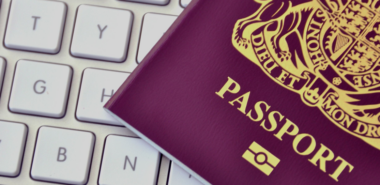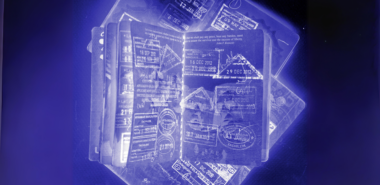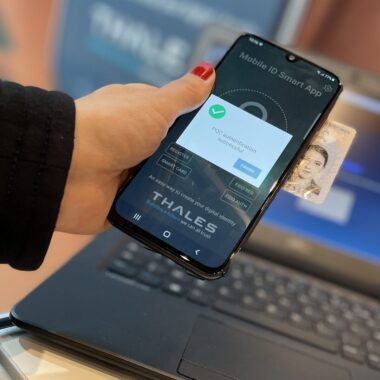The emergence of today’s sharing economy allows people to quickly and easily access services that shape our lives. The flexible alternatives mobile provides to traditional physical or analog platforms have transformed the way people use car rental and taxi services, arrange travel accommodation, sell or redistribute items they no longer want or need, and even make donations to support creative projects or civic pursuits. As this new economy continues to develop and deepen, personal identification using digital credentials like DDLs will play an increasingly important role in securing user information and protecting everyone involved in these types of transactions online.
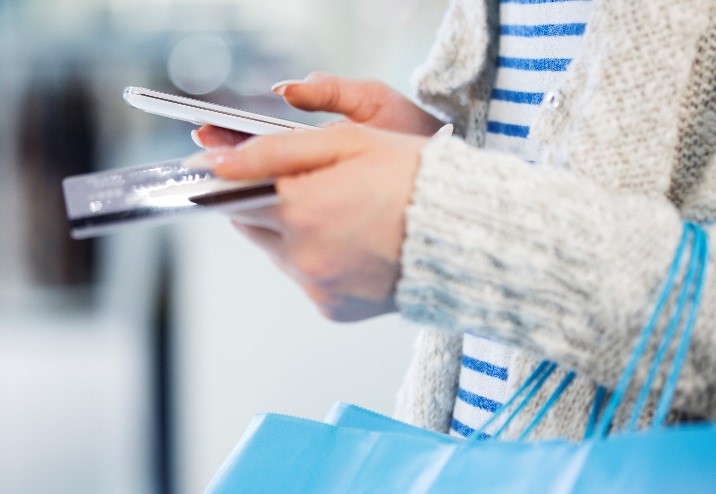
Securing Your Digital Footprint
The key question for verifiers in the marketplace and for anyone who wants to protect their personal identity online is how best to mitigate risk in an increasingly complex digital landscape. Who wouldn’t want to know that the banking information they’re providing to book a short-term vacation rental is being protected from hackers? Or that the person driving their teenager around in a ride-share is who they claim to be? Ultimately, today’s secure identity proofing can’t rely solely on traditional attributes, like paper documents or plastic credentials, without integrating a form of electronic ID verification which can function across the digital sharing economy.
The running history of the activity you generate online – your digital footprint – comes into play when, for example, you find yourself having to verify a credit card transaction while traveling, or when purchasing a big-ticket item. In these scenarios an established pattern of using a particular credit card helps build a thorough picture of who you are online, which is then used to protect your vital information in a vigorous way. Rather than having to wait for a paper record to confirm potentially illicit activity on your account, you can be notified nearly in real-time. Your digital identity can help affirm you are the person behind your activity online.
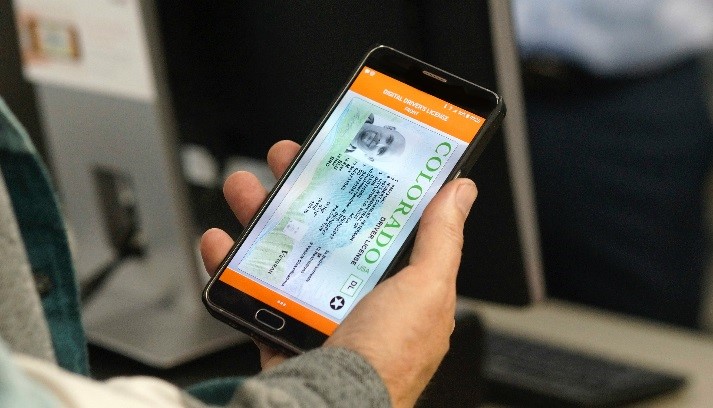
While digital driver’s licenses do not track user history themselves, they can be relied upon to interface with any number of online services to validate digital identities quickly and accurately. Users who benefit from having their credit card information protected against potential fraudsters without delay will similarly benefit from being able to securely validate their personal identity at the click of a button using their DDL.
Developing Your Digital ID
Just like the most successful players in this new landscape – on-demand ride-sharing apps, for example, which build on and update traditional taxi services – DDL technology is poised to reimagine the way personal information already contained in traditional licenses can be used for additional vetting during online transactions. In this way, DDLs take the benefits associated with developments in the shared economy – accessibility, convenience, and ease-of-use – and the benefits associated with driver services at the DMV – authenticity, security, and standardization – and combine them within a single digital credential.

Similarly, as collaborative consumption and the shared economy have themselves taken traditional services – ride-sharing, short-term apartment rentals, etc. – and updated them for online and mobile platforms, DDLs take traditional ID verification and put it on your smartphone and on your computer. And just as the users of ride-hailing apps have the option to skip the line waiting for a taxicab by deploying an app and requesting a ride on the spot, DDL users may have the option to skip the line at the DMV when renewing or updating their existing credential. Given the speed of evolution inherent to both the sharing economy and the personal identification sector, the fact that digital IDs can accommodate real-time updates to personal information and interface with any number of online services for ID verification positions them to become a mechanism for trusted attribute sharing and a fundamental factor in the digital security landscape.
Establishing a Security Network
The evolving online services economy increasingly relies on entities being thoroughly and accurately vetted. From the provider side, it is essential that sizable risks – like the potential for fraud, or huge fines for ineffective or improper vetting, as faced by both Uber and Lyft – are mitigated by a solution that guarantees accuracy and keeps pace with evolving digital standards. In today’s world, where security breaches regularly make headline news, online service providers who can inspire confidence that user data will remain private and secure have a definitive edge. Since the personal information contained in a DDL has been verified by the DMV, it is standardized, secure, and valid for digital identification.
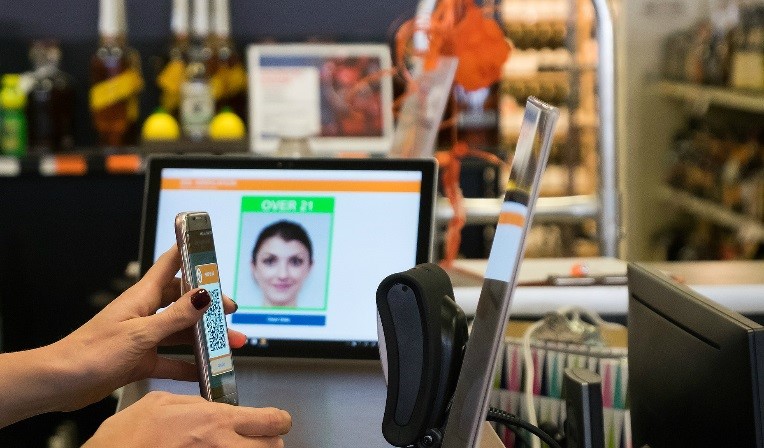
For customers and app users in the sharing economy, there is comfort in knowing that the person you’re buying from, riding with, or donating to, has been thoroughly vetted. It becomes a matter of personal security as well as ease-of-verification when you’re talking about finding someone online to walk your dog, or provide a one-off service in your home or apartment. The convenience quotient is also raised when you consider being able to securely validate your age when purchasing wine online, for example, as well as at the point of delivery. It’s important that both network and personal security standards can keep pace with the multi-channel platforms that exist today.
What do you think?
It’s clear that the sharing economy isn’t going anywhere, and neither are the specific needs across the market to establish trust and verify users online. When it comes to future opportunities for DDL to help establish and secure digital identities, the sky’s the limit. Watch the latest video from our multi-state DDL pilot activity:
What are the biggest benefits you associate with online ID verification? Share your thoughts below or by tweeting to us @Gemalto!
